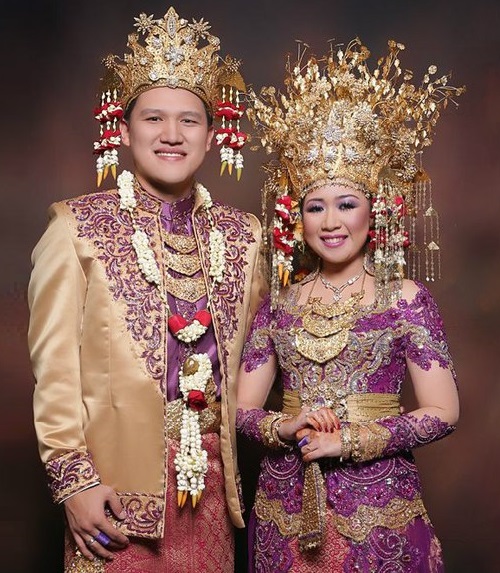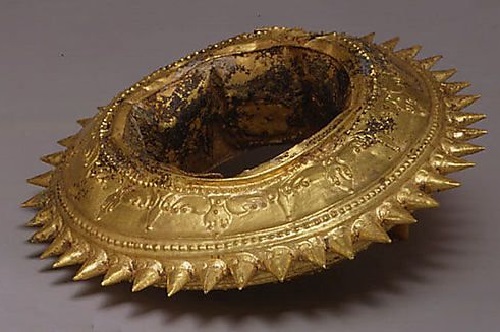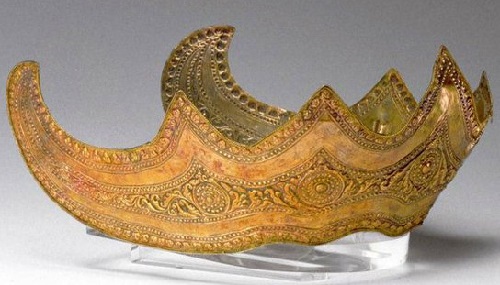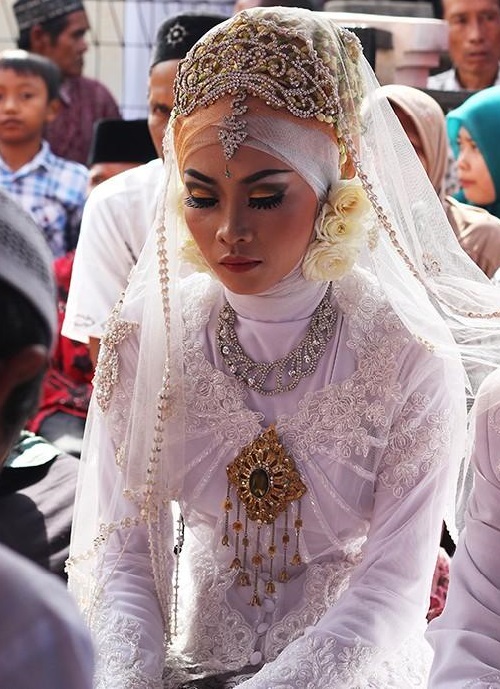Indonesian ethnic jewellery
Indonesian ethnic jewellery
Traditional Wedding in Indonesia – a time of great joy and happiness. In a traditional setting, which still prevails in most Indonesian regions, the suit is the concern of parents. The girl is not allowed to look for her husband alone, although she has the right to declare her preferences and to reject the proposed groom. Wedding ceremony, bridal dresses and jewelry in Indonesia are quite expensive, that’s why in the organization of the ceremony can take part a whole village or an entire street in the city. Bride’s decorations and dress, made of precious metals and stones are then kept as a family heirloom, and as a kind of financial contribution.
Indonesian wedding, as well as other local celebrations are usually held in the open air – in the big tent. At the wedding gather many guests – relatives and neighbors, all – in national costumes. Women – in the likeness of Indian saris and shawls in the Muslim style, with white individuals. Men – in sarongs and tubeteikas. Everything is clearly regulated by ancient traditions and rituals.
The bride and groom – in national Indonesian costumes, embroidered with gold and sequins. Bride, like all women – with a white face. The wedding ceremony involves a religious rite. Indonesians from the island of Sulawesi – Muslims, but their religious outlook is also based on Hinduism and indigenous religions. The bride and groom recite vows at the altar at the presence of individuals who express absolutely no emotion.
Indonesian ethnic jewellery

Bridal Headdress worn at the wedding of Minangkabau people. Made of filigree silver, sheet foil, beads, and crafted with cut-out love birds
In Indonesia, there are two types of wedding ceremonies: Ngerorod – is when the groom kidnaps the bride, and their honeymoon precedes the wedding ceremony, and Mepadik – marriage, when the bridegroom dates the bride, and all this ends with a beautiful wedding ceremony. The first type of marriage occurs among ordinary people, while the second – among the “higher” castes.
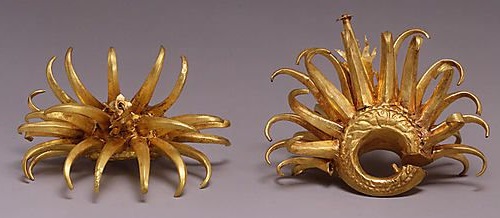
Circular Ear Ornaments with Curving Appendages made of Gold. 8th-early 10th century, Java, Indonesia

